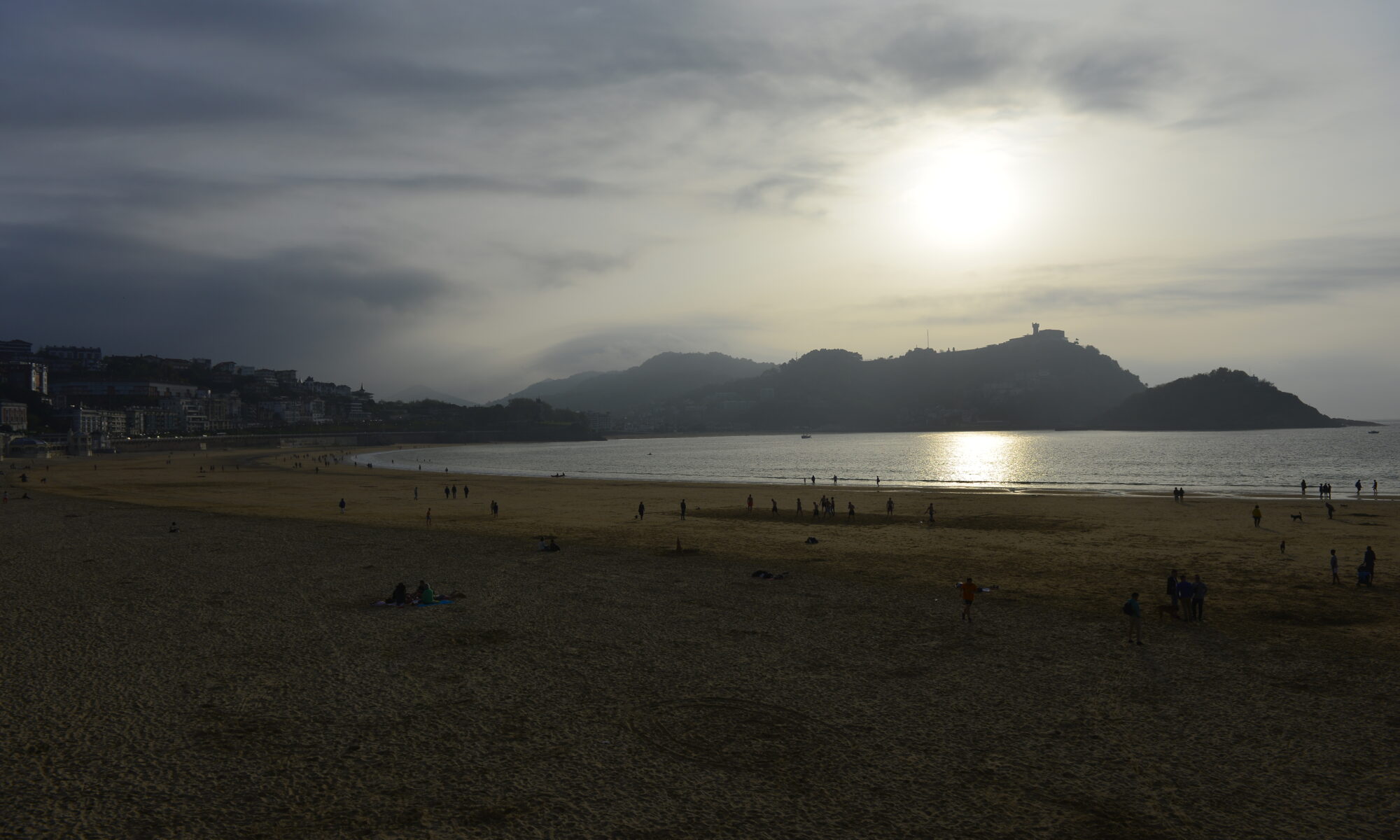
An Unattainable Stronghold is the eighth book in the Peninsular War Saga, and Major-General Paul van Daan, his strong-minded wife Anne and the rest of his brigade have little time to recover from their losses on the bloody field of Vitoria as Wellington pushes on towards the French border.
July 1813.
After his victory at Vitoria, Lord Wellington leads his army into the mountainous territory of the Pyrenees. Five long years of war have brought them to within sight of the French border for the first time.
Before he is ready to cross into France, Wellington needs to secure the coastal town of San Sebastian, which remains stubbornly in French hands. Meanwhile, across the border, Marshal Soult is sent to rally the disordered French forces to relieve the beleaguered town and push the Allied army back.
Major-General Paul van Daan is awaiting the return of some of his friends and missing those who are not coming back at all. He is in no mood to deal with an unreliable junior officer, a possible miscarriage of justice and a call for volunteers to storm the breaches of San Sebastian.
Along with her usual responsibilities, Anne van Daan is keeping a careful eye on Captain Michael O’Reilly’s courtship of her Spanish maid and an even closer eye on a litter of puppies at headquarters. Concerned that Paul’s exasperation with an incompetent young officer is making him uncharacteristically unsympathetic, she calls on Captain Simon Carlyon for help.
Captain Giles Fenwick needs to juggle his company duties with his temporary role as brigade-major and his ongoing job as an intelligence officer for Lord Wellington, leaving him no time to deal with his grief at the loss of a close friend.
In the French lines, Colonel Gabriel Bonnet leads his battalion across the border once again, but the chaos of the ensuing campaign and the squandering of lives cause Bonnet to question his reasons for remaining in Bonaparte’s army at all.
Captain Don Angel Cortez of the 1st Mallorcan regiment faces disgrace after a near-fatal duel. He is offered an opportunity to retrieve his reputation and revive his career but it means leaving his regiment for an uncertain future.
The Allied and French armies clash in a series of actions across the high passes of the Pyrenees, on the walls of San Sebastian and along the banks of the Bidassoa. Bonaparte’s men are defending their borders and for the first time, the end of the war may be in sight.
An Unattainable Stronghold is book 8 of the popular Peninsular War Saga. It’s currently available to pre-order on Amazon and will be published on Kindle and in paperback on 1st November 2023.
The settings and history behind An Unattainable Stronghold
Like the previous book, An Indomitable Brigade the action of An Unattainable Stronghold is packed into a period of around two months and a huge amount happened during that time. It’s easy to get bogged down with the speedy marches and counter marches of the Allied, French and Spanish armies in this period.
I’ve been saying for the past few years that I was dreading the Pyrenees and it proved to be as difficult as I expected. Wellington’s army was all over the place trying to defend the border at the same time as blockading Pamplona, besieging San Sebastian and fighting off two French counter-invasions. All of this took place only weeks after Vitoria and the ensuing pursuit of the French. It’s not surprising that my lads are feeling the strain. I’m feeling it myself.
I’ve mentioned elsewhere that it’s hard to slot personal stories into the frantic marching of the army during these months, but they did get a few spells in one place. There are some amazing true stories during this part of the war which I’ve thoroughly enjoyed writing about. The story of the 95th Rifles holding a dinner to celebrate the forming of their regiment on the banks of the Bidassoa within sight and sound of the enemy had to be told.
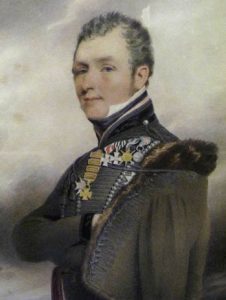
I also really enjoyed telling of Colonel Andrew Barnard’s attempt to volunteer for the second assault on San Sebastian by disguising himself as one of his riflemen. Barnard is a gift that keeps on giving and we’ve not heard the last of him yet.
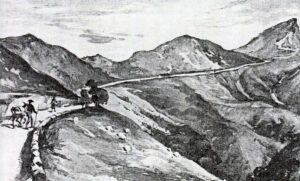
Because of the fragmented nature of the fighting during this part of the war, I’ve made good use of my French and Spanish characters. Bonnet and Cavel are serving in Chasse’s brigade which gave me the opportunity to tell the story of some of the fighting in the high pass above the village of Maya, given that the Light Division were not there.
Equally, I’ve introduced Captain Angel Cortez and Oscar Garcia from This Bloody Shore, the third Manxman book, so that I was able to tell the story of the heroic Spanish victory at San Marcial. Cortez and Garcia are also central characters in my 2022 Christmas story, The Glassblower’s Daughter.
Even with a wide variety of characters, I wasn’t able to include every battle and skirmish of the early Pyrenees campaign. None of my characters were at the Battle of Sorauren, though I’ve managed to include part of that engagement in this year’s Halloween story to make up for it.
We visited the Pyrenees during our 2018 trip and managed to see most of the major sites mentioned in this book, though I’m hoping to go back next year.
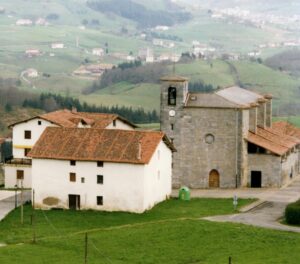
The book opens with the Light Division camped in the little village of San Esteban until Wellington arrives with new orders.
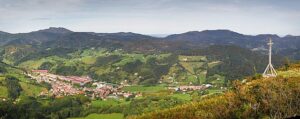
For most of this period, Wellington’s headquarters were in Lesaca, a historic little town on the river. It’s very quaint but it was probably much too small to cope with the demands of army headquarters and there are reports that both accommodation and sanitation was a problem in 1813.
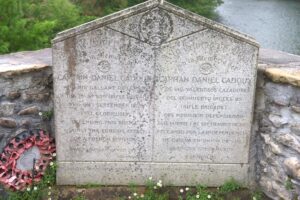
The Light Division moved on to Vera (now usually known as Bera) on the banks of the Bidassoa, and were based in and around that village for much of the action of this book. During Soult’s attack part of the division marched out while Skerrett’s brigade remained on the heights above the village, though thanks to his ineffectual leadership they were unable to prevent the final French divisions escaping back across the river over the San Miguel bridge, to the loss of Captain Daniel Cadoux of the 95th and a number of his company. There is a memorial to Cadoux and the lost men on the bridge today. It’s a beautiful place; very peaceful and it’s easy to imagine how the combat at Vera unfolded on the night of 31 August 1813. I’ve used a photograph of the bridge for my book cover.
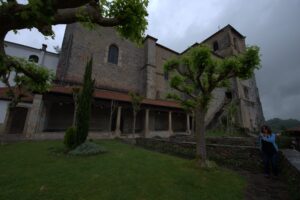
The village of Vera is very pretty and I particularly liked the church. Cadoux and his men were apparently buried in the churchyard there and in the final chapters of the book, the third brigade holds an important ceremony of its own in the quiet old building.

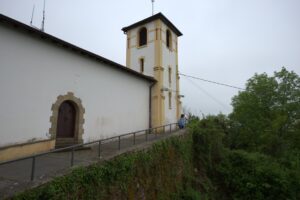
The Spanish action on the heights of San Marcial was one of their most successful victories of the war and Wellington delayed sending reinforcements when he realised they were holding their own very well as he wanted his Allies to be able to claim the victory as theirs. The hermitage up on the ridge had been built in 1804 when the earlier building was destroyed by fire and the tower pictured here is a later addition. The slopes are more wooded now than during the battle but it is still possible to see how difficult it must have been for the French to attack up such a steep hill.
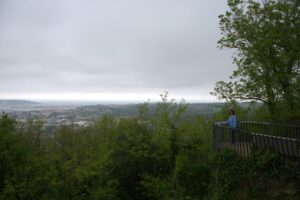
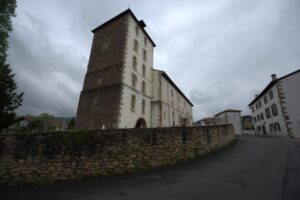
When Gabriel Bonnet and his battered men finally make it back over the river, they camp on the edge of the village of Sara. There is another very pretty church there and I flatly refused to allow Bonnet’s men to break up the pews for firewood, even in fiction…
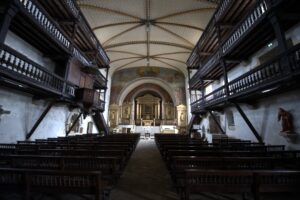
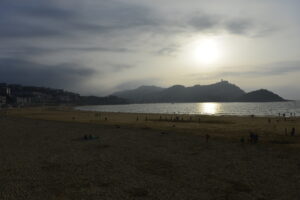
The other big battle in An Unattainable Stronghold of course, is San Sebastian, the citadel of the title. We spent several days in San Sebastian but there is very little left of the town that existed before August 1813. The relentless battering of artillery set fire to most of the town and today there is really only one street surviving intact from before the siege.
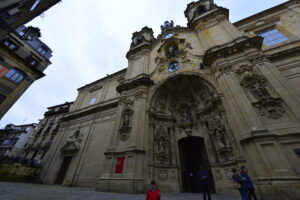
The Light Division volunteers went over the breaches on 31 August 1813. By the time the initial attacks were over, the French troops had retreated to the castle where they held out for several more days. Those few civilians who had not already fled the town were subject to looting and pillage from the Anglo-Portuguese troops but most of the damage was done by fire. The street that connects two oldest churches, San Vicente and Santa Maria, survived the blaze and was later renamed as 31st of August Street.

There is an annual commemorative parade on the last day of August each year when locals gather on this street for a procession with candles and torches. I’ve mentioned in my author’s note that there is some disagreement among historians about the severity of the sacking of San Sebastian when compared to the actions of the Allies at Badajoz and Ciudad Rodrigo or the horrors of the French sacking of Castro Urdiales. The destruction of property in San Sebastian was undoubtedly greater, but the number of civilian casualties does seem to have been limited by prior evacuation. Traces of fire damage can still be seen on the walls of the San Vicente Church.
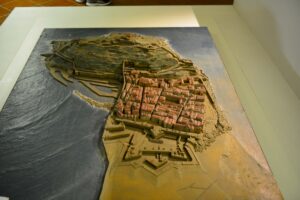
Climbing the hill to the top of the old citadel, we visited a small museum which had information about the siege as well as the later Carlist wars in which some British volunteers also fought. There is an English cemetery on the steep slopes of the hill which has a number of graves and memorials including one to Sir Richard Fletcher and several other officers of the engineers who died at San Sebastian. I was desperate to find Fletcher’s grave as I had already written about him as a friend of Paul van Daan’s in several of the books, but it was so overgrown and neglected it was impossible for me to see much of anything, especially given that I was still recovering from a foot injury. It was nice to know he was there though and I’d love to see some restoration work done in that cemetery one day – perhaps the Napoleonic and Revolutionary War Graves Charity might get involved.
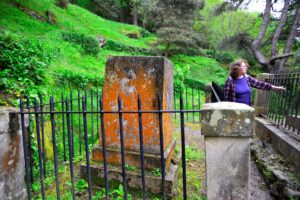
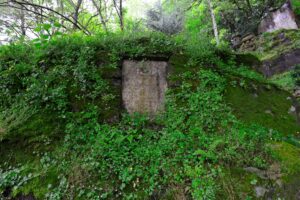
We were never sure which was Fletcher’s memorial at the time but thought it might be this one. (If somebody knows different, please contact me, I’d love to know for sure)
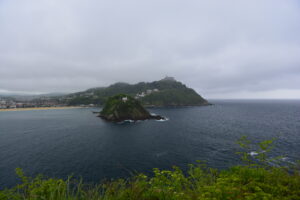 Despite the fact that there was little left of the old town in San Sebastian, it was still a beautiful place and it was possible to get a very clear idea of the layout of the siege works and the approach of the various storming parties. The little island of Santa Clara, pictured here, was where the Royal Navy landed guns to help with the bombardment, re-embarked them when the first assault failed then landed them all over again. They did this not only under potential attack from the French but also under relentless critical bombardment from Lord Wellington who was furious that the Royal Navy could not provide him with more ships to enforce a more effective blockade of the coast.
Despite the fact that there was little left of the old town in San Sebastian, it was still a beautiful place and it was possible to get a very clear idea of the layout of the siege works and the approach of the various storming parties. The little island of Santa Clara, pictured here, was where the Royal Navy landed guns to help with the bombardment, re-embarked them when the first assault failed then landed them all over again. They did this not only under potential attack from the French but also under relentless critical bombardment from Lord Wellington who was furious that the Royal Navy could not provide him with more ships to enforce a more effective blockade of the coast.
We were very fortunate to have made it to the Pyrenees before I embarked on writing An Unattainable Stronghold and before lockdowns and travel restrictions made it impossible. It made it much easier to write the book having visited the places involved and it also gave us a rich vein of photographs of the various sites.
I’ve thoroughly enjoyed working on book eight of the Peninsular War Saga and while I’m waiting for my editor to complete the final chapters, I’ve already started on the preliminary reading for book nine. Thanks as always to all my amazing readers for buying and reading the books and for your all your questions and comments about the history and locations behind the fiction. Keep on asking – I love to hear from you.
Don’t forget to watch out for two new free short stories this year, at Halloween and Christmas. The Halloween one takes us to part of the 1813 campaign not covered in An Unattainable Stronghold while the Christmas one is a romance. I hope you enjoy them both.

